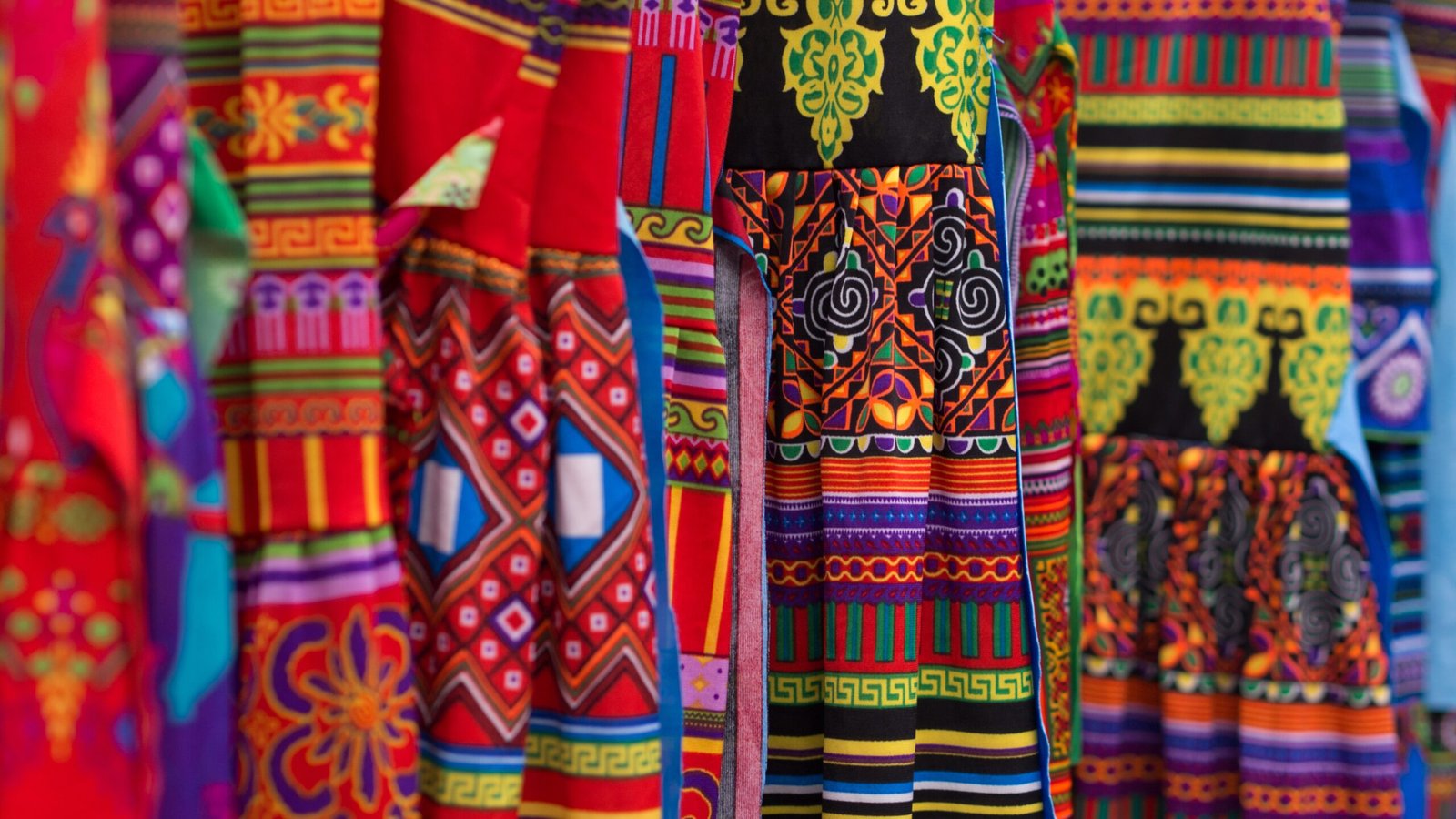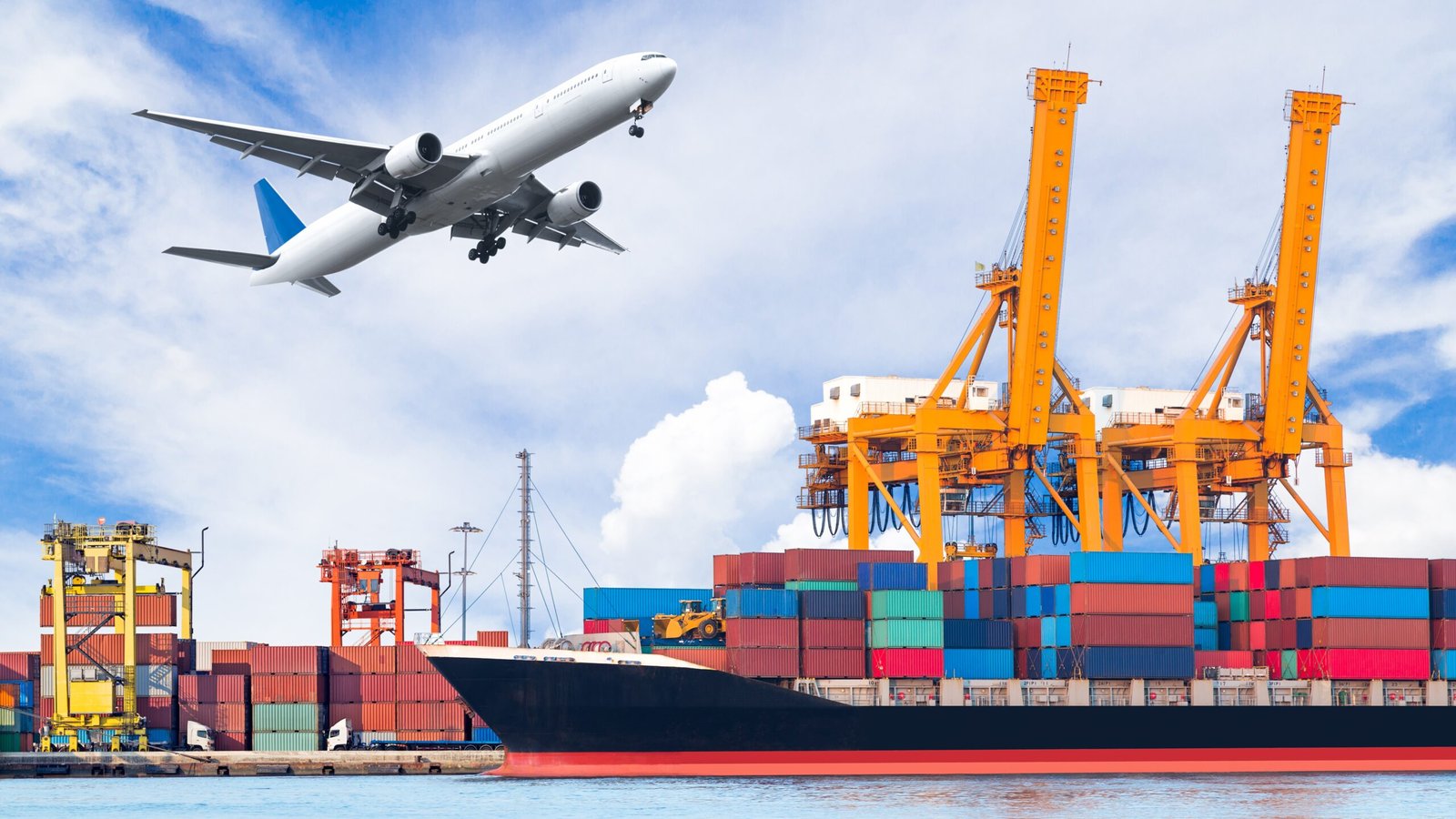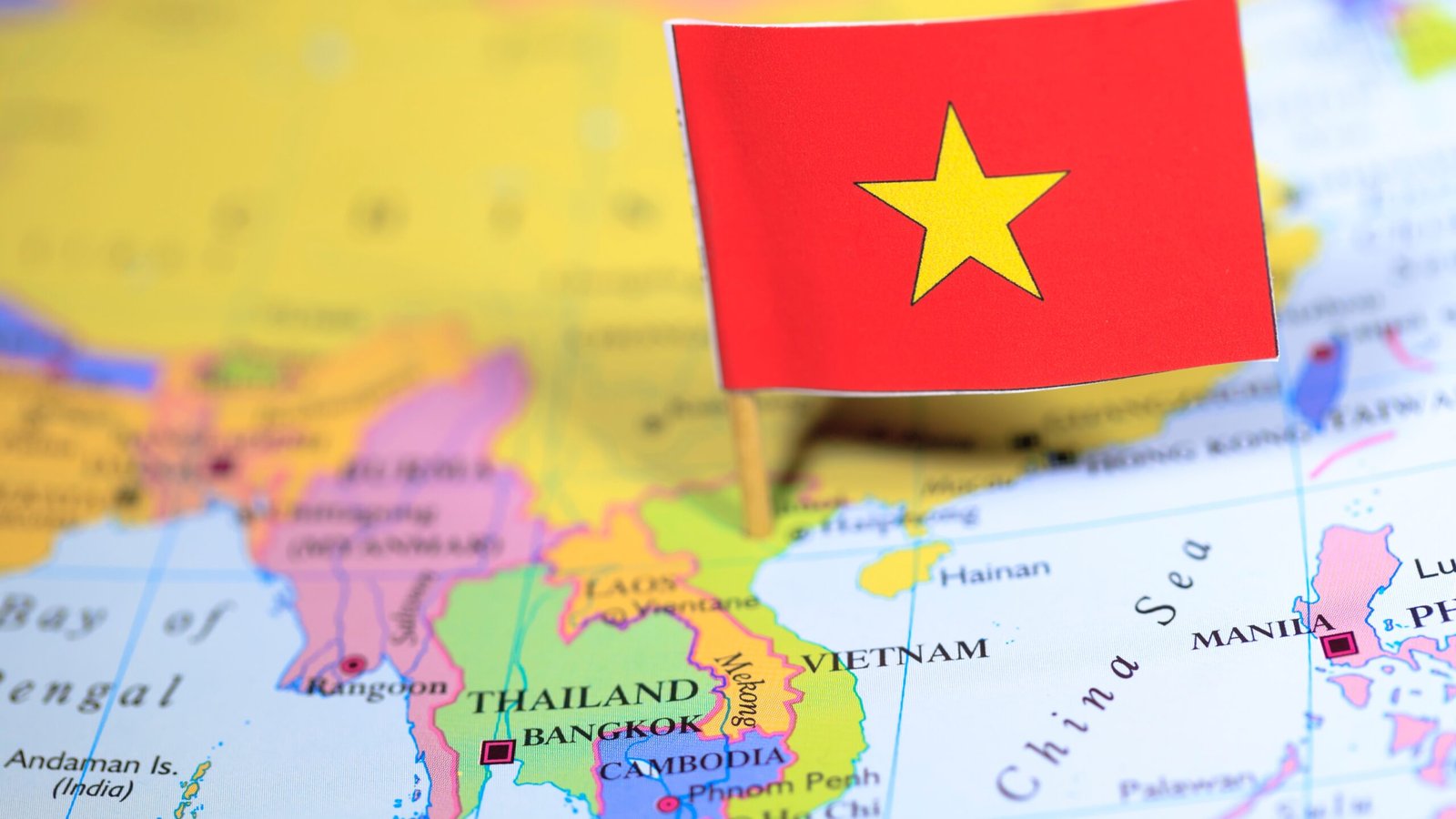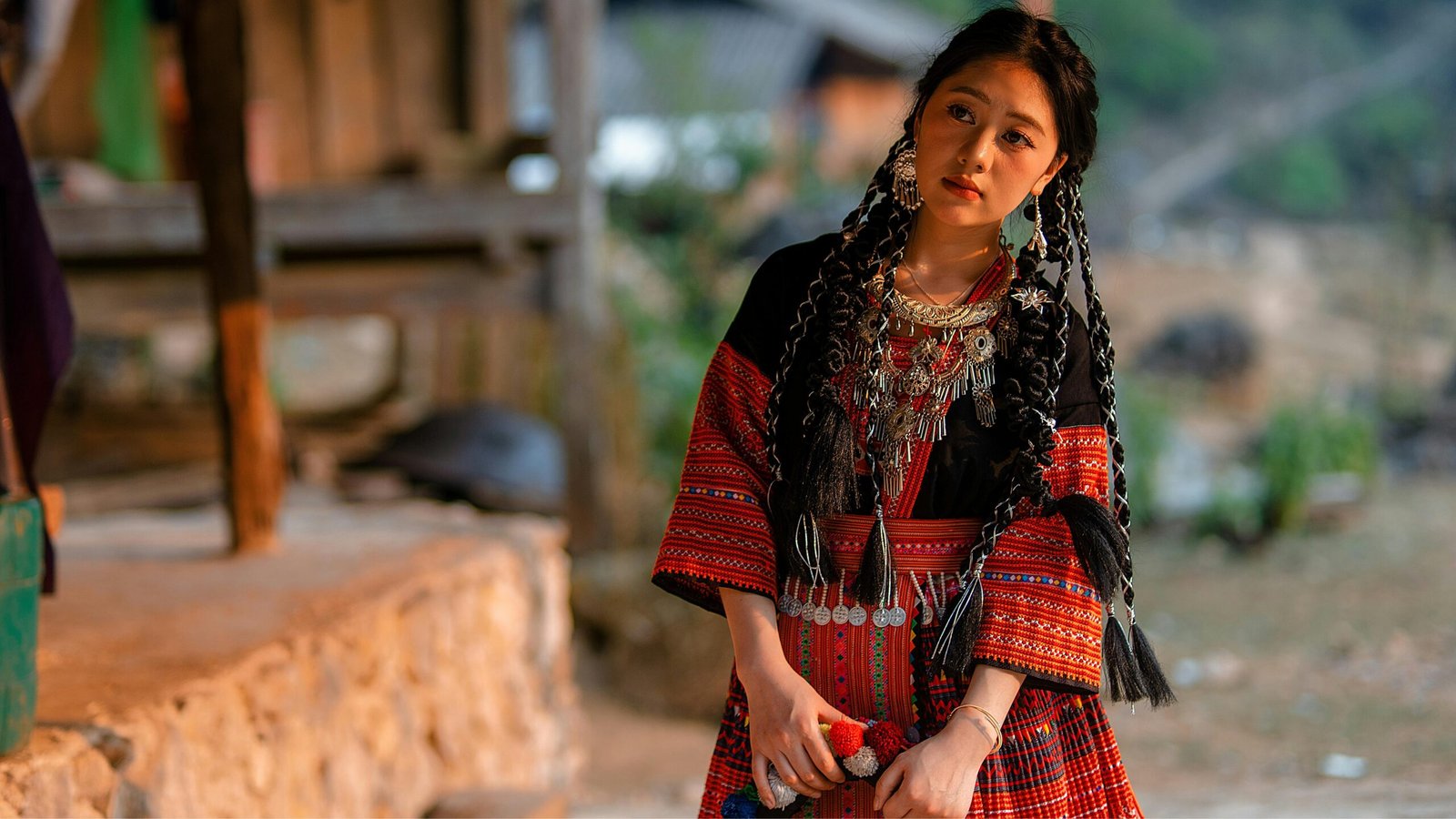Introduction
Vietnam has carved out a vital role in the global textile and apparel landscape over the years. Evolving from modest, craft-based origins to a modern manufacturing leader, the nation has shown remarkable agility in keeping pace with international industry changes. As we step into 2025, this year marks more than just a milestone—it represents a pivotal phase where Vietnam’s textile industry is navigating a transformative era driven by innovation, sustainability, and increasing global demand.
This blog explores the key trends, growth enablers, and far-reaching influence of Vietnam’s garment and textile sector. Whether you’re exploring sourcing strategies or monitoring fashion supply chain movements, this analysis will give you a clear view of Vietnam’s evolving impact.
Industry Snapshot: Vietnam’s Textile Sector in 2025
In 2025, the Vietnam textile industry is projected to reach approximately USD 50 billion in exports. This figure reflects the country’s agility and strength in responding to international demands for quality, scale, and speed.

Across major cities and industrial clusters, the industry is thriving with both legacy manufacturers and emerging innovators playing pivotal roles. Top export markets include the United States, the European Union, Japan, and South Korea, all contributing to the continued dominance of Vietnam’s garment sector.
Key Trends Shaping Vietnam’s Textile Industry
Sustainable production:
Vietnam is seeing a tangible shift toward greener manufacturing. Factories are integrating eco-friendly practices, using sustainable materials, and minimizing waste. These changes not only reduce environmental impact but also align with buyer expectations worldwide.
Digital transformation:
Vietnamese manufacturers are increasingly adopting Industry 4.0 solutions. From automated cutting lines to digital product lifecycle management, these tools are making production faster, more accurate, and more cost-effective.
OEM and ODM models on the rise:
Vietnam’s garment firms are no longer just producers—they’re becoming creative partners. By offering original designs and manufacturing services, they’re gaining more control over brand relationships and value creation.
Smart textile investment:
While still emerging, the smart fabric and tech-integrated apparel niche is gaining attention. Companies investing in performance wear, sensor-based garments, and technical textiles are carving out a future-forward identity.
Rise of local fashion brands:
Beyond exports, domestic fashion is finding its voice. Young Vietnamese designers and entrepreneurs are using e-commerce and social media to build brands that resonate with local and regional consumers.
Export Growth and Global Trade Position
Vietnam textile export growth in 2025 reflects not just scale but strategic timing. As trade friction continues between China and the West, global buyers are actively seeking alternative supply bases.

Vietnam benefits immensely from free trade agreements such as the CPTPP, EVFTA, and RCEP. These deals allow local exporters to access global markets with reduced tariffs, making Vietnam highly attractive in the ASEAN textile market 2025.
As global sourcing strategies shift in the aftermath of the pandemic, Vietnam has emerged as a central figure in rebuilding and diversifying the international supply chain. Its balance of affordability, compliance, and quality places it ahead of many competitors like China, Bangladesh, and India.
Challenges Facing the Industry
Labor shortages and skill development:
The country’s expanding textile sector has outpaced labor availability in some regions. The demand for skilled labor has put the spotlight on training and development, making workforce education and vocational programs increasingly essential to meet industry needs.
Environmental compliance:
Adhering to evolving environmental standards has become a non-negotiable aspect of remaining competitive and trustworthy in the global textile market. Manufacturers need to adopt greener production models not only to meet global expectations but also to qualify for trade privileges.
Supply chain vulnerabilities:
Vietnam still relies heavily on imported raw materials, particularly from China. This dependence makes the supply chain susceptible to geopolitical and logistical disruptions. Local sourcing development is a priority to ensure future resilience.
Need for continuous innovation:
Remaining competitive in a fast-paced industry demands innovation at all levels—from materials and technology to workforce and design capabilities. Firms must adopt a proactive approach to R&D and trend forecasting.
Government Policies and Investment Support
Recognizing the textile industry’s strategic value, the Vietnamese government is actively supporting its modernization. Investment in eco-industrial zones, water treatment facilities, and sustainable infrastructure is accelerating.

Foreign Direct Investment (FDI) continues to pour into textile manufacturing in Vietnam, especially from South Korea, Japan, and the EU. New policies are being designed to encourage innovation and technology adoption while offering tax breaks for sustainable operations.
From a macroeconomic view, Vietnam’s stable business environment, young workforce, and strategic location make it a magnet for long-term investment in apparel production.
Global Impact of Vietnam’s Textile Industry
Vietnam’s role in the fashion supply chain is no longer just supportive—it’s strategic. With conscious consumers driving demand for ethical and sustainable products, Vietnam is aligning itself with the needs of modern retail giants.

Export-focused factories increasingly comply with international standards. Certifications like OEKO-TEX and GOTS have become widespread, signaling the industry’s maturity in sustainable practices and quality assurance.
By offering ethical production, fast lead times, and attractive pricing, Vietnam has become a sourcing destination of choice for global brands aiming to diversify their production away from China and other over-concentrated markets.
Future Outlook
Looking toward 2030, Vietnam’s textile and apparel industry is expected to expand not just in output, but also in innovation and value chain depth. The shift from basic manufacturing to more complex, design-led and sustainable production is underway.
Opportunities are wide open for both international investors and local entrepreneurs—especially in high-tech textiles, automation solutions, and green production.
To maintain momentum, industry players should focus on smart factory integration, continuous workforce development, and environmentally responsible sourcing.
Conclusion
Vietnam’s textile industry in 2025 is setting a global standard for resilience, agility, and innovation. Its ability to adapt to trade dynamics, implement sustainable solutions, and attract global partnerships positions it as a leading force in the fashion manufacturing world.
As it continues to evolve, Vietnam isn’t just responding to global demand—it’s helping shape the future of the fashion supply chain.
Key Takeaways:
- Vietnam’s textile exports are projected to surpass $50B by 2025.
- The country is benefitting from key FTAs like EVFTA and CPTPP.
- Sustainability and digitalization are transforming the sector.
- Vietnam’s global impact continues to rise, positioning it as a top supplier for major global brands.

